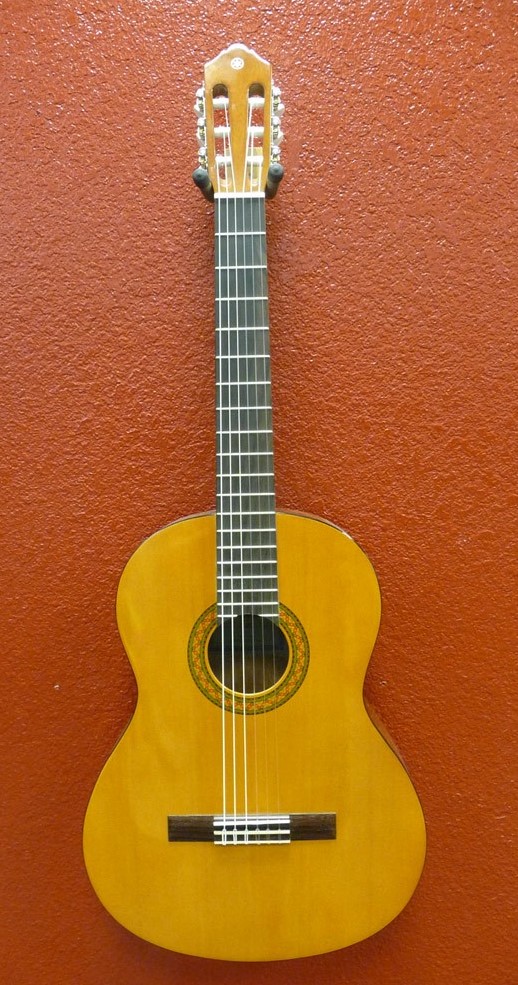Purchasing a Classical Guitar
Purchasing a Classical Guitar
Purchasing a classical guitar is probably the easiest of all the guitars to choose from. There are still a lot of variations from one classical to another, but not nearly as many as you will find in an electric.
There are two main reasons why starting out on a classical guitar is a good idea. If you would like to pursue music specifically written for classical, then definitely get one. Also, if you do not want an electric guitar, but the acoustic guitar strings are just too hard to play, then starting on a classical is a great choice.
Classical guitars are designed to be played a little differently than an acoustic. Flamenco and classical styles have a hand position that is quite different from the acoustic. However, most people who pick up one for rock and roll or country tend to play a classical just like any other guitar.
Even though the classical guitars generally have less variation than acoustic or electric guitars, there are some important things to consider when purchasing one.
Body Shape
Classical guitars are usually smaller than the steel string acoustic guitars. This can be a real advantage for younger students. The body style does not vary as much as an electric, but still will have minor difference. One of these is the cutaway.
As with the steel string acoustic, a cutaway is quite an advantage to own. It allows the guitarist to reach notes further up the fret board when soloing. Traditionally, the classical guitar meets the body at the 12th fret. This can really put a damper on things if you need to get to the higher notes.
Some people believe that the tone is affected enough to make it worth passing over guitars with a cutaway. That may be something to compare while at the local music store if they have both in stock.
Consider Neck Size When Purchasing a Guitar

Classical Guitar
One big difference between a classical guitar and pretty much any other guitar is the width of the neck. It may be difficult for young people to be able to get their fingers on the 5th or 6th strings on a full size classical. Buying a smaller guitar is always an option if this is the case. Classical guitars come in ¼, ½, ¾, and full size.
Classical Guitar Strings
Strings are another major area where classical guitars are much different than acoustic and electric guitars. The top three strings on a classical guitar are made out of nylon. The nylon strings produce a nice warm sound. This will also make playing a classical guitar much easier than an acoustic. This will help with the main complaint most younger guitar students have…sore finger tips.
Conclusion
There are many differences and things to look for when purchasing a classical guitar. The best thing to ask yourself is does it feel and sound good. It is important to get a quality guitar even if you decided later to purchase a steel string.
If you are considering purchasing a classical guitar and would like more information, contact Rob or Jen at Spotlight Music. For guitar lessons, please contact me, I look forward to hearing from you!

